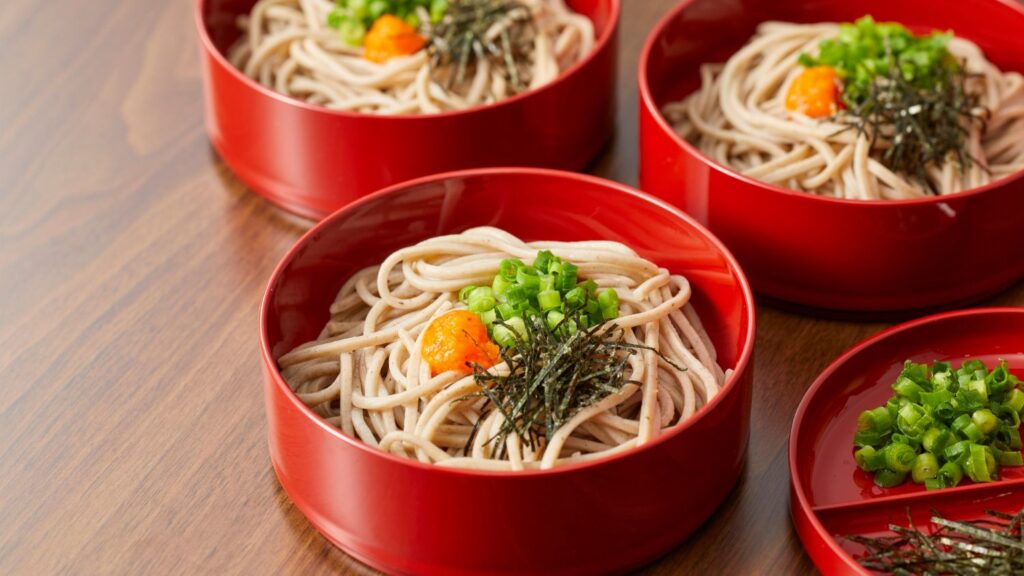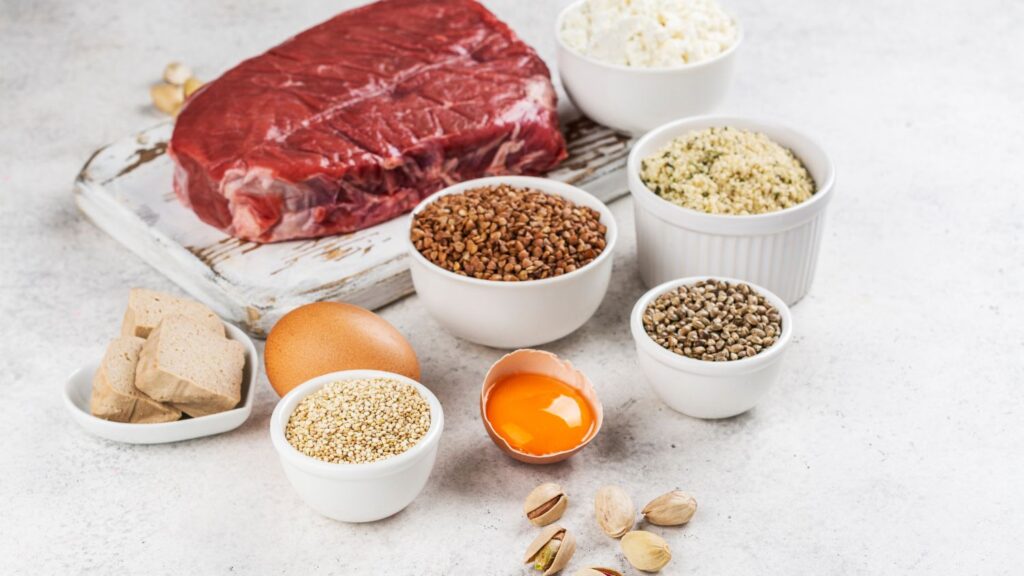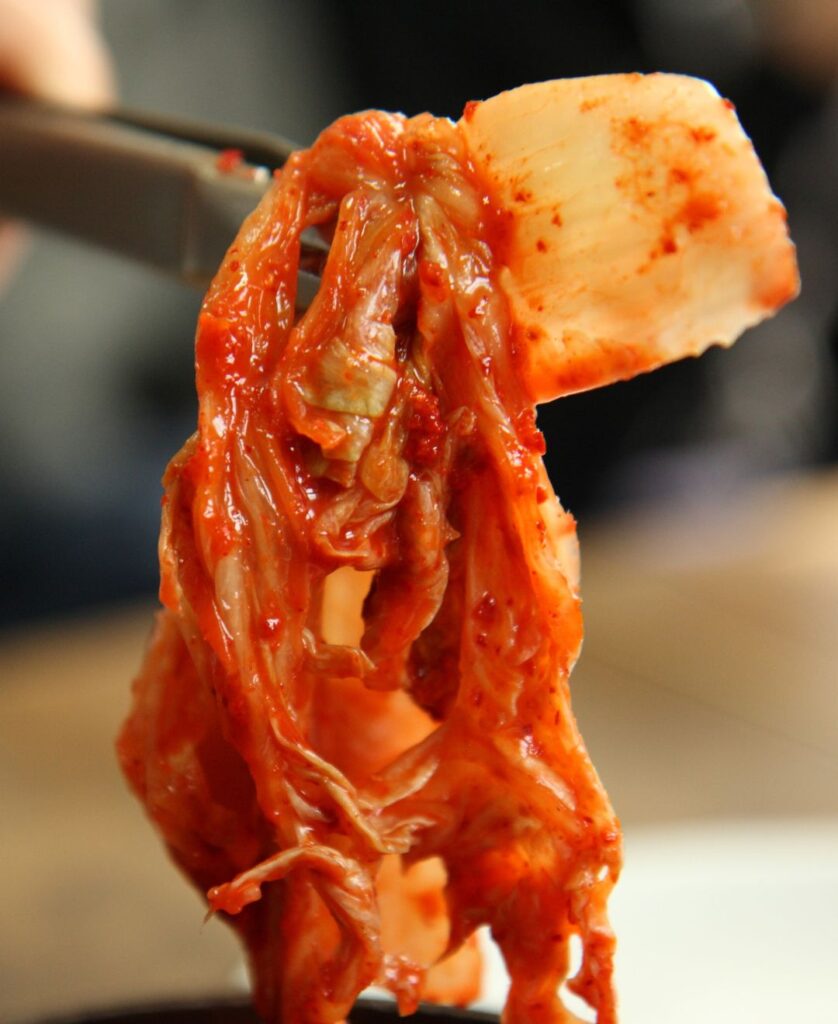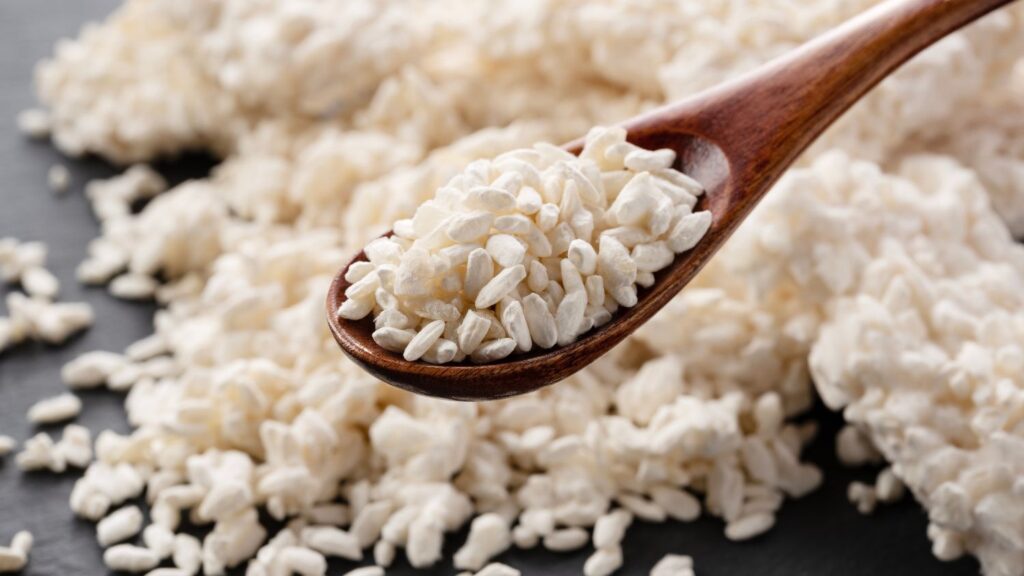Savory, brothy, meaty.
It might be hard to describe the umami taste sensation with precise language. After all, it is the most recently discovered of the basic tastes, but words don’t matter that much once your mouth starts watering.
Another way to understand exactly what “umami is” is to know why our taste buds make a distinction in the first place.
Other than adding enjoyment and complexity to the foods we eat, the five basic tastes are believed to serve as biological notifications to the body about what it’s about to ingest.
Sweet makes sure the body has a quick energy source and enough carbohydrates.
Sour can help detect ripeness and identify potential toxic substances.
Salty helps regulate sodium intake to control the amount of water in the body.
Bitter warns of possible poisons.
Umami helps to ensure one is consuming the right amount of protein needed for the growth and maintenance of the body.

This is why umami is often associated with meats, cheeses, and protein-rich plants like soy.
However, it can also be commonly found in mushrooms, yeast, culinary vegetables like tomatoes and asparagus, and even green tea.
While the taste now known as umami is nothing new, its distinction as a wholly unique basic taste is when compared to its counterparts.
This is because it wasn’t until 1908 that Professor Kikunae Ikeda, a chemist at Tokyo Imperial University, first identified umami as an entirely separate taste.
He noticed this taste was present in a wide range of foods. Still, he found it to be most identifiable and concentrated in dashi, a broth made from kombu (dried kelp), and Katsuobushi (shavings of dried, smoked, or fermented skipjack tuna or bonito), the backbone of Japanese cuisine.
Ikeda discovered that the compound glutamic acid, or glutamate—a nonessential amino acid— was primarily responsible for this umami taste sensation. The best example of this is monosodium glutamate or MSG.

The nucleotides disodium guanylate, inosine monophosphate (IMP), and guanosine monophosphate (GMP) can also contribute to enhancing the perception of umami.
Our tongues have specific receptors for glutamates and the previously mentioned nucleotides, allowing us to identify umami’s mouthwatering, meaty savoriness.
Still, many of these foods are not abundantly rich in umami in their raw form. It’s the process of slow cooking and aging that releases the glutamic acids necessary for a strong umami flavor.
One of the most important and powerful techniques for achieving ultimate umami impact is fermentation.
Umami Fermentation
At first, the connection between fermentation and umami might not be obvious.

For your average consumer, fermentation is often associated with the sour lactic acid notes from pickled vegetables like kimchi, sauerkraut, and pickles or the tangy cultured notes of fermented dairy like yogurt, buttermilk, and kefir.
Yet, fermentation is also key to creating some of the world’s most umami-rich ingredients, particularly in Asian cuisines like miso, doenjang, soy sauce, fish sauce, oyster sauce, natto, and many others, but is also present in cheeses and other foods from around the world.
Surprisingly, many of these ingredients don’t derive the rich brothy flavor from animal proteins but from soy.
The Savoriness of Soy
According to Dr. Lourdes Mato, Associate Principal Scientist – Applied Research at Edlong, umami-packed fermented soy ingredients have long been staples of Asian cuisines.
“Tempeh, oncom, and tauco are believed to be native fermented soybean products from Indonesia. Whereas meju, doenjang, and chungkookjang originated from South Korea.
Furthermore, natto, douchi, and kinema are native fermented soy products from Japan, China, and India (also in the eastern hills of Nepal), respectively.”
She adds, “The rapid progress of urbanization played a vital role in the development of these traditional fermented soy products. Furthermore, certain fermented products, such as tempeh and natto, are already readily accessible in the global food market.”
Unlike the Lactobacillus bacteria, which are often responsible for the sour and cultured notes familiar with fermented foods, many of these ingredients, like miso and doenjang, utilize combinations of other fungi and bacterial microflora to produce their characteristic umami tastes.
Soy Pastes the Ultimate Umami Bombs – Miso & Doenjang
Both fermented soybean pastes, Doenjang (Korean) and particularly Miso (Japanese), have gained global popularity for their deep umami taste, complex flavor profiles, and nutritional benefits.
Though the creation and fermentation processes may differ between these two products, they share something very important in common.

Unlike many other fermented foods that rely predominately on yeast and bacteria for fermentation, miso primarily is crafted with the use of the fungus Aspergillus oryzae. While doenjang’s fermentation is caused by a wide range of spontaneously occuring bacterium (including: Bacillus, Enterococcus, Lactobacillus, Clostridium, Staphylococcus, Corynebacterium, Oceanobacillus, and Tetragenococcus), its complex microflora also includes Aspergillus oryzae, which in some cases can become predominant.
Also known in Japanese as Koji, the A. Oryzae is a mold that grows on grains like rice and barley. The enzymatic reactions between the koji and the other ingredients help to generate flavor depth and pigmentation.
Proteolysis, or the breakdown of the soybean proteins, is what releases the high concentration of glutamic acid, creating the bold umami flavor.
Dr. Mato stresses that while many specifically desire the impact of umami, it can also work in concert with or as an enhancer for sweet and salty taste perceptions.
This is part of what makes koji so valuable and fermented soybean pastes so versatile. Proteases from the mold release amino acids, amylase breaks down the starches into sugars to add sweetness, and lipase converts fats into fatty acids, adding richness.
It’s no wonder that so many in the culinary and product development landscape are looking for new and innovative ways to pair ingredients like miso with sweet flavors and in dishes like desserts.
However, umami isn’t the only thing that works to help enhance and tie tastes and flavors together.

Kokumi vs Umami: Complementary or Contrasting
After umami waited nearly eighty years to gain official acknowledgment as the fifth basic taste, another taste sensation, Kokumi, has some wondering if this is the next one to be added.
The short answer is no, but like umami, it can help to enhance the perception of other tastes.
“Kokumi is a term derived from Japanese sensory science, and though not it’s own taste it describes the perception of attributes such as taste mouthfullness, richness, and flavor continuity,” explains Dr. Mato.
“Studies identified specific compounds such as glutathione and γ-glutamyl peptides as responsible for kokumi perception by modulating and enhancing existing tastes. Because it targets calcium receptors in our tongue, it’s able to enhance the perception of savory, sweetness, and saltiness.”
While distinct from one another, Dr. Mato says studies in doenjang soup clearly illustrate that rather than contrasting, the components responsible for both kokumi and umami are highly complementary to one another and often present together.
“While umami and kokumi function through distinct sensory mechanisms, their complementary use appears to enhance the complexity and depth of perceived flavors, leading to improved consumer satisfaction. Given that nucleotide -based seasonings contribute to umami depth while MSG intensifies flavor strength, a strategic combination of these seasonings may be key to maximizing consumer acceptance. These findings support the interaction between umami and kokumi, which play a crucial role in achieving sensory balance and flavor depth in food.”
About the Author: Dr. Lourdes Mato, Associate Principal Scientist – Applied Research
Passionate about food science in general, but especially interested in dairy science and fermented dairy. With over 30 years of international experience in research between academia and industry, my job is to dig deeper in the understanding of food. I see the making of food as playing with chemistry, and the making of fermented food as playing with microbes while trying to understand their biochemistry. My role at Edlong is to help our dairy flavors to deliver profiles that match the flavor of the real dairy product. I love working closely with the flavorists and understand how our flavors can help to create tasty and richer food products. I equally enjoy learning-a forever student- and educating. I received my Doctoral degree in Food Science with a major in Food Technology from the University of Helsinki.
Topics: Masking & mouthfeel
Resource Type: Article
